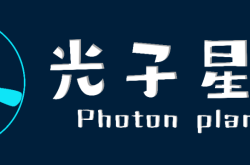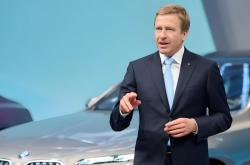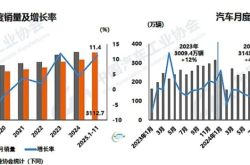JD's Foray into Car Manufacturing Ignites Online Debate, Backs Battery Swapping, GAC Emerges as Key Beneficiary
![]() 10/17 2025
10/17 2025
![]() 533
533
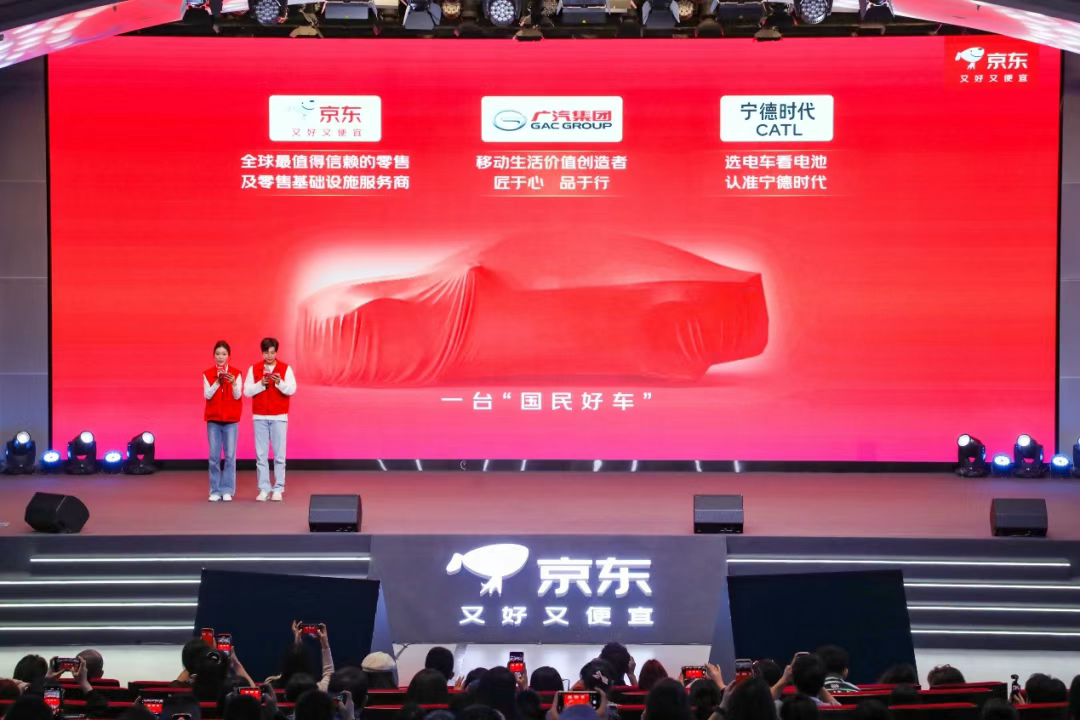
GAC Pioneers New Sales Avenues
Author|Wang Lei
Editor|Qin Zhangyong
Is JD Stepping into the Car Manufacturing Arena?
Yesterday, JD made a significant announcement: during this year's 11.11 shopping extravaganza, it will unveil a much-anticipated, mysterious vehicle in collaboration with GAC and CATL.
The vehicle is set to commence internal testing and public test drives in late October, with an official launch and announcement slated for November 9th.
The news quickly sparked interpretations among netizens, with many viewing it as JD's formal entry into the automotive industry. The hashtag "JD Car Manufacturing" soon soared to the top of trending searches.
After all, Liu Qiangdong's venture into the automotive realm is as noteworthy as Xiaomi's initial foray into car manufacturing.
However, the reality might be different. According to JD, the new vehicle is a collaborative effort where JD mainly provides consumer insights and exclusive sales channels, without directly engaging in manufacturing.
From this standpoint, the car manufacturing aspect can only be credited to GAC and CATL.
01 Unraveling the "JD Car Manufacturing" Saga
Following JD's official guidance, searching for "highly anticipated vehicle" on the JD app and entering the interactive interface indeed feels like a demand survey typically conducted by automakers before launching a new model.
This encompasses questionnaires covering various aspects such as pricing, appearance, performance, cabin, driving safety, battery recharging, and supporting services. Regarding pricing, JD has categorized it into three tiers: 50,000-100,000 RMB, 150,000-200,000 RMB, and 200,000-300,000 RMB. Recharging methods also include ultra-fast charging and battery swapping.
Interestingly, after customizing the exclusive vehicle model and clicking to view more details, users are redirected to another page—CATL's Chocolate Battery Swap corporate WeChat account, with JD Auto also mentioned below.
This suggests that the "highly anticipated vehicle" will likely have a strong connection to CATL's Chocolate Battery Swap vehicle models.
Simultaneously, the link to GAC becomes apparent.
During the Shanghai Auto Show in April this year, CATL held a launch ceremony for new Chocolate Battery Swap vehicle models. Alongside CATL, five major automakers—FAW Group, Changan Automobile, BAIC Group, Chery Automobile, and GAC Group—jointly unveiled 10 new Chocolate Battery Swap vehicle models. During the event, GAC Group signed a comprehensive strategic cooperation agreement with CATL.
The agreement states that GAC Group's AION UT, AION RT, second-generation AION V, and an upcoming A-class SUV will fully adopt Chocolate Battery Swap models, with all release timelines set for the fourth quarter of 2025.
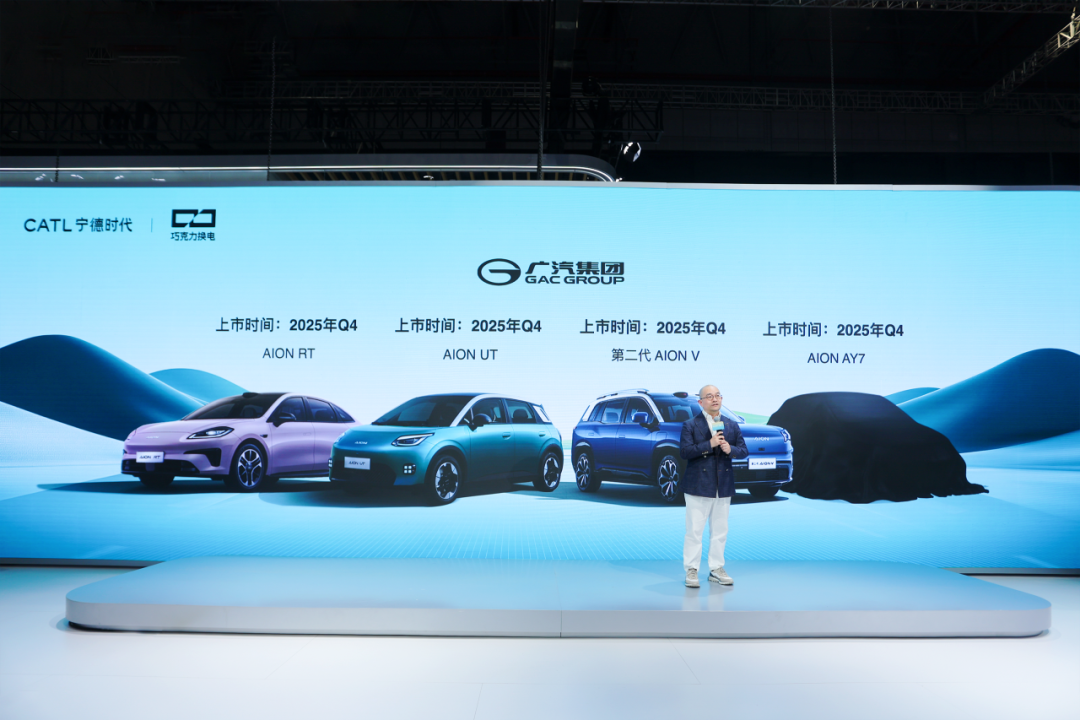
Additionally, as the first automaker to fully collaborate with the Chocolate Battery Swap ecosystem, GAC Group will subsequently introduce Chocolate Battery Swap standards across more of its vehicle models. It will also engage in comprehensive cooperation with CATL in areas such as battery swap station construction, battery banking services, marketing and promotion of battery swap vehicle models, and retired battery repurposing.
From the launch event, it is evident that the upcoming A-class SUV from GAC, codenamed AION AY7, is scheduled for release in the fourth quarter of 2025, aligning with JD's announced timeline for the new vehicle launch.
Notably, on the same day as JD's announcement, a new model of Aion UT received approval from the MIIT—the battery swap version of Aion UT, boasting a 500 km range and equipped with a 54 kWh battery. Other specifications remain largely consistent with the current Aion UT model.
Currently, the Aion UT models on sale come in two range versions: 330 km and 420 km, with price ranges between 69,800 RMB and 101,800 RMB, aligning with JD's positioning of a "highly anticipated, affordable vehicle."
It is widely recognized that batteries account for a significant portion of an electric vehicle's cost. A prime example is NIO's BaaS (Battery as a Service) model, where the price difference between purchasing the entire battery and leasing it can exceed 100,000 RMB.
As a battery swap version, if the Aion UT is sold with a separated battery and vehicle model, there is considerable potential for price reduction.
However, according to JD Auto's released poster, the vehicle concealed by the curtain appears to be a sedan based on its dimensions.
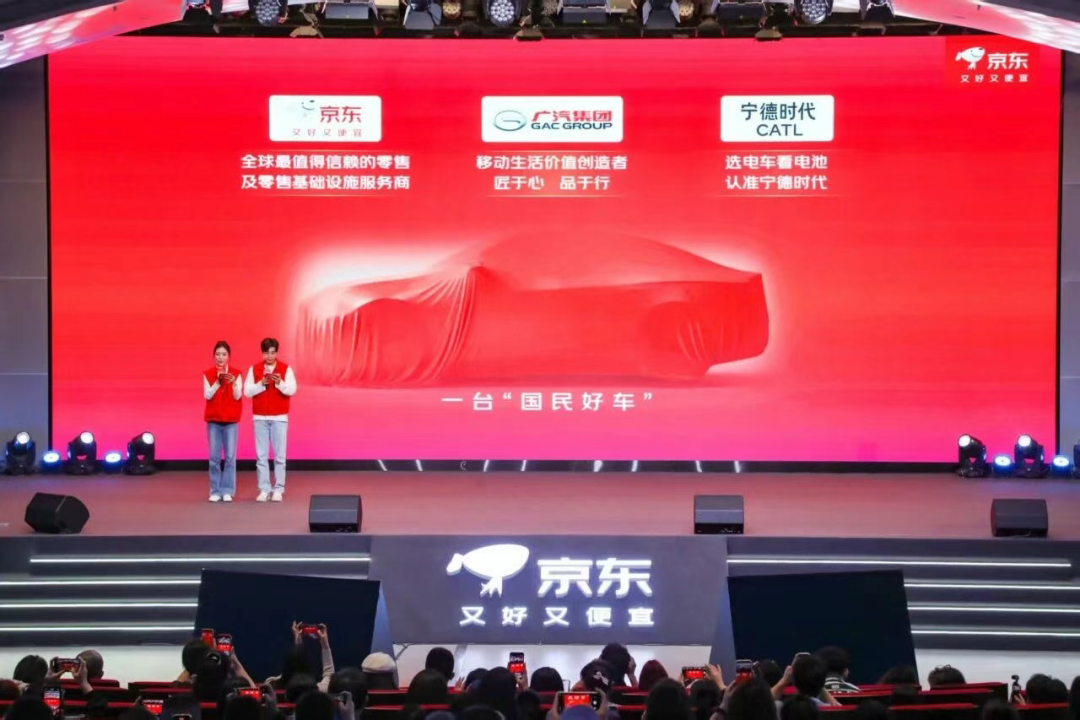
While the final vehicle model remains uncertain, it is highly probable that the collaborative launch by JD, GAC, and CATL will feature a vehicle supporting Chocolate Battery Swap.
For CATL, after nearly four years in the battery swap sector, it finally has a consumer-facing (To C) battery swap vehicle model. Previously, although CATL had announced collaborations with multiple automakers such as Changan, GAC, BAIC, Wuling, and FAW, launching various models, nearly all were targeted at the ride-hailing or leasing markets.
This collaboration with JD, promoting the vehicle as a "highly anticipated, affordable car," clearly targets the private consumer market. With the ride-hailing market nearing saturation, the To C market remains a vast blue ocean with significant growth potential.
02 Mutual Gains for All Three Parties
So, what role does JD play in this collaboration?
According to the joint announcement, JD serves as the exclusive sales channel. As stated by CATL's Times Electric Service, the vehicle will be exclusively sold during the Double 11 shopping festival through the newly launched "CATL Chocolate JD Self-Operated Flagship Store" on JD.com.
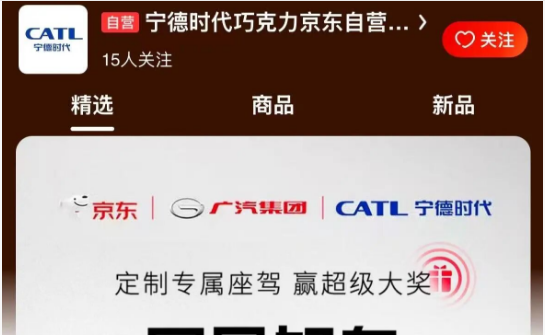
Of course, this is not JD's first venture into online car sales. In 2021, JD collaborated with Seres (formerly Tianji Automobile) to launch the "JD Selected Vehicle" Seres ME5, experimenting with an online crowdfunding sales model. However, due to issues with Seres Automobile, this model nearly collapsed.
Nevertheless, besides the product itself, JD has introduced a new "one-stop solution" consumption model this time. Customers can not only choose the standard vehicle model but also flexibly select various packages covering custom car wraps, vehicle accessories, maintenance services, and more. This provides full-cycle coverage from purchasing to using the vehicle, facilitating easy adoption of electric mobility.
This indicates that while selling vehicles, JD aims to "bundle" its custom car wraps, vehicle accessories, and maintenance services, marking its latest exploration in the direct-to-consumer automotive business.
As early as 2021, JD established its Automotive Business Division, integrating aftermarket automotive resources to further expand its presence in the automotive sector. Numerous JD Auto stores are available in the market, primarily offering aftermarket services such as repairs and vehicle maintenance.
Moreover, according to the collaboration plans, Times Electric Service will jointly establish inspection and battery swap "integrated stations" with JD Auto and launch battery subscription services through flagship stores on JD.com.
Evidently, riding the wave of "battery swapping," JD sees new growth potential for its direct-to-consumer automotive business.
For GAC, leveraging JD's online channel advantages enables rapid exploration of new sales methods.
As a traditional automaker, GAC Group heavily relies on offline traditional dealerships. Amidst the trend of major automakers establishing direct-to-consumer stores, GAC Group has adopted a hybrid direct-to-consumer and dealership model. However, due to the overly complex and extensive dealership system, the impact on sales volume has not been particularly significant.
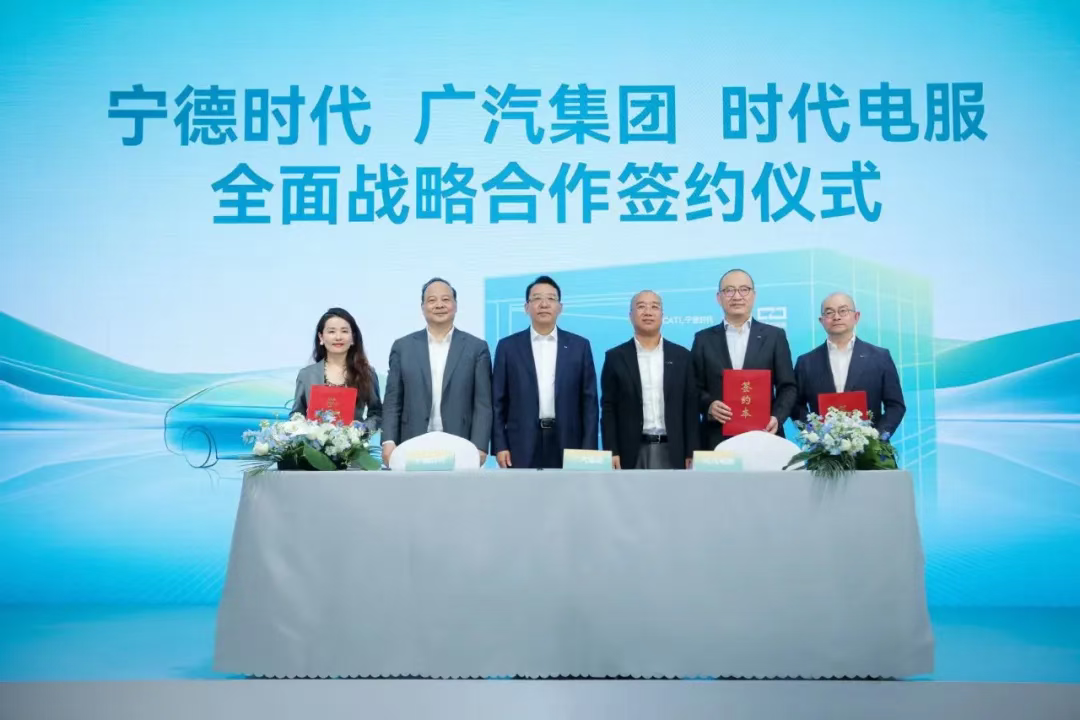
In 2024, GAC Group's cumulative sales reached 2.0031 million units, a year-on-year decrease of 20.04%. Simultaneously, the sales proportion of its self-owned brands was merely 39.41%. Therefore, the urgent task is to increase the sales proportion of self-owned brands.
Launching vehicle sales on JD.com now marks a crucial shift towards e-commerce. The extent to which this boosts sales volume remains to be seen based on subsequent market reactions.



